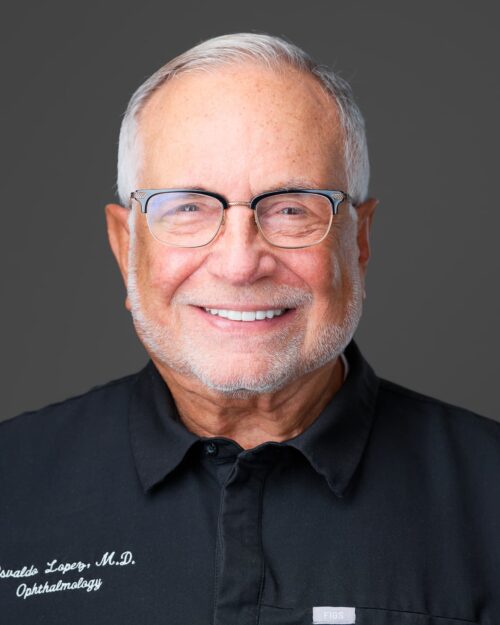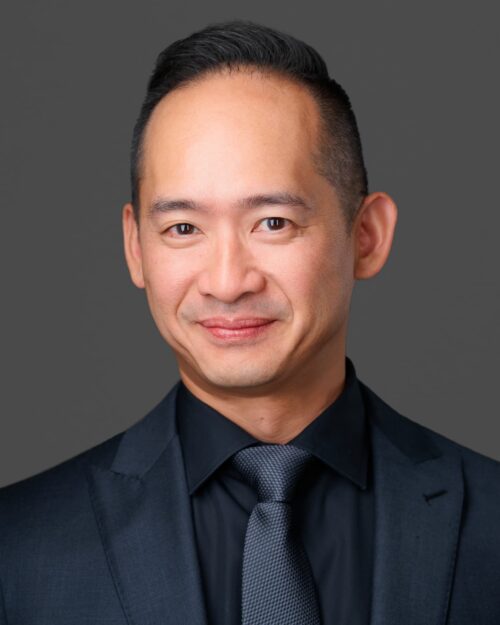What is LASIK?
LASIK, which stands for laser-assisted in situ keratomileusis, is a popular outpatient
procedure that corrects refractive errors like nearsightedness, farsightedness, and astigmatism. During
LASIK surgery, a LASIK surgeon uses a laser to reshape the front surface of your eye, known as the
cornea.
This process can correct your refractive error, allowing you to experience clear vision without the need for visual aids. For nearsighted patients, LASIK is used to flatten a steep cornea, while farsighted patients have LASIK to achieve a steeper cornea.
In cases of astigmatism, where the cornea has an irregular shape, LASIK is performed to create a more uniform and regular eye shape. At Chicago Arbor Eye Institute, we use some of the most advanced technology available during LASIK procedures.
During the procedure, your LASIK surgeon will create a small flap in the outer layer of your cornea, known as the epithelium, and gently lift to expose the inner layers. This allows access to the underlying corneal tissue for reshaping.
Once the cornea is reshaped, the flap is carefully repositioned. The entire process typically takes about twenty minutes per eye.
LASIK: Introduction - Video Take LASIK Self-Test

What to Expect
After the LASIK Procedure
Most patients notice a significant improvement in their vision within a day or two after the LASIK procedure. Follow-up appointments are typically scheduled for one day, one week, and one month after LASIK surgery.
Your eye doctor will prescribe you eye drops to use for a few weeks to one month to reduce inflammation and prevent infection. Although complications are uncommon, close monitoring in the first few weeks after LASIK surgery is essential to minimize any potential issues.
Temporary side effects such as glare, halos, and dry eyes are common immediately after LASIK but usually reduce over time. Within a month or two of the procedure, LASIK can allow you to experience vision with reduced dependence on visual aids.
LASIK: During the Procedure - Video
Who is a
Good Candidate for LASIK?
To be considered a good candidate for LASIK, you must meet certain requirements. These include being at least eighteen years old, not pregnant or nursing, and having healthy eyes.
Although the FDA age requirement for LASIK is eighteen, most eye doctors recommend waiting until your mid to late twenties, when your eyes have stopped changing. During your LASIK consultation, your eye doctor at Chicago Arbor Eye Institute in Chicago, Illinois, will evaluate various factors to determine your eligibility for the procedure.
Request Appointment
Stable Prescription
A stable prescription is essential to be a good LASIK candidate.
Your prescription should remain unchanged for at least one year before the procedure and should not change after LASIK surgery.
If your prescription changes, your vision may not remain stable, even after the procedure.
Not Pregnant or Breastfeeding
Hormonal fluctuations that occur during your twenties and pregnancy can affect your refractive error, which is why you cannot be pregnant while undergoing or recovering from LASIK.
In Good Overall Health
Your overall health is another essential factor in determining your candidacy for LASIK. As with any medical procedure, your body must be capable of healing itself after the procedure.
Certain conditions, particularly autoimmune diseases like Sjogren's syndrome and rheumatoid arthritis, can impact your body's ability to heal properly.
Healthy Eyes
Your eyes need to be in good overall health to be a candidate for LASIK. Our doctor will perform a thorough evaluation prior to making a decision about LASIK.
Corneal Thickness
Your corneas must also be sufficiently thick, as undergoing LASIK with thin corneas can be dangerous.
If you do not qualify for LASIK, your eye doctor may be able to recommend an alternative procedure to help you accomplish your goals.
What is PRK?
PRK, or photorefractive keratectomy, is another type of laser eye surgery that corrects vision problems such as nearsightedness, farsightedness, and astigmatism. Unlike LASIK, which involves creating a flap in the cornea, PRK reshapes the surface of the cornea directly.
This makes PRK a good alternative for those who may not be suitable candidates for LASIK due to thin corneas or other factors. While the recovery time for PRK is typically longer than LASIK, the long-term results are similar.
If you're interested in laser eye surgery but aren't a good candidate for LASIK, PRK may be an excellent option to consider.
Difference Between LASIK and PRK - Video Request AppointmentWhy Choose
Chicago Arbor Eye Institute for LASIK?
At Chicago Arbor Eye Institute, our eye doctors are committed to providing personalized, compassionate care to every patient, from routine eye exams to advanced vision correction surgeries like LASIK. Our team maintains the highest standards of technical excellence and constantly pursues the most innovative treatments.
Our LASIK surgeons are often at the forefront of introducing new techniques and technologies to the Chicago region. We understand that each patient represents a unique relationship and a new success story.
Our top priority is to provide you with professional and compassionate care, enabling you to see the important and beautiful aspects of your world clearly. If you are considering LASIK, schedule a consultation with one of our skilled ophthalmologists at Chicago Arbor Eye Institute.
During your visit, we will conduct a comprehensive evaluation to assess your candidacy for the procedure and develop a customized treatment plan to help you achieve the best possible vision.
Request Appointment






